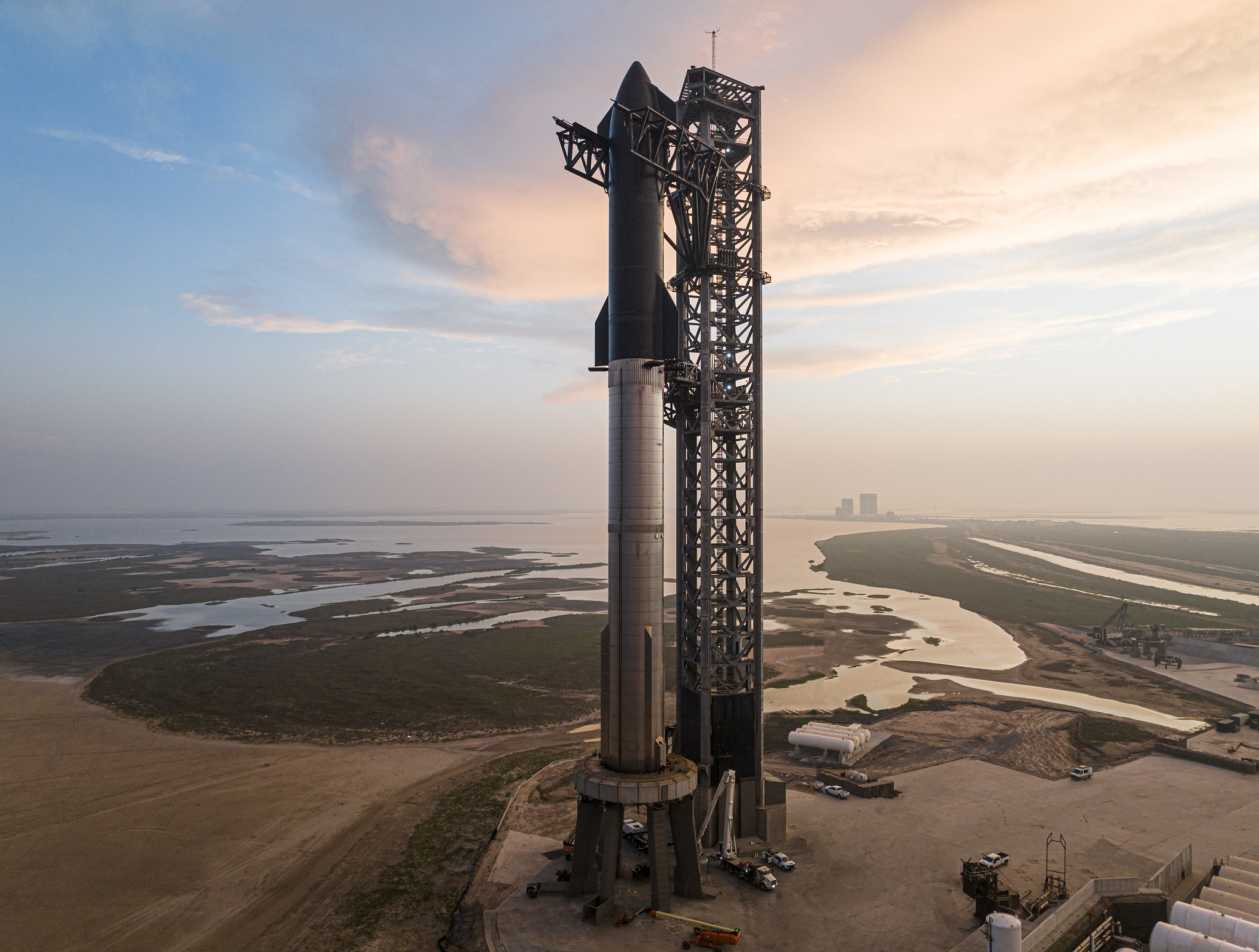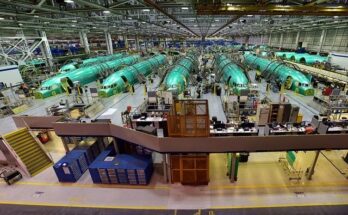
On April 20, Starship and the Super Heavy booster were mated for the first time for an orbital test of the Starship system. Although the rocket cleared the launch pad, the Starship appeared to fail in separating from the booster, thus ending the mission. Failures and delays are normal in the space industry, and as the saying goes: Space is hard!
The SpaceX Starship system is a fully reusable spacecraft to bring payloads and crew to Earth orbit, the moon, and further destinations. The Starship and Super Heavy rocket are referred to as “Starship.” A lunar variant will be used in conjunction with the NASA Artemis missions.
Two things seemed to have gone wrong during the test: the failure of five Raptor engines and the failed separation of Starship from Super Heavy.
Failed engines do not necessarily mean mission failure. The Apollo 6 mission, as an example, had engine failures, and although the mission did not go according to plan, Saturn V was validated for further missions. On the other end of the spectrum, the Soviet N1 was similar in size to Saturn V but utilized more engines, thus making it more complicated. The difficulties in feeding the first stage’s 30 engines caused problems. Although the N1 eventually launched on four separate occasions, the first stage always failed, with no missions deemed successful.
It is therefore likely that Starship did not necessarily fail due to the engines but rather the failed separation. If Starship failed to separate and failed to fire its own engines, the mission could not have reached orbit. Time will tell, and SpaceX teams are assuredly working on figuring out the failure and fixes for the next flight. Although the mission did not accomplish what was planned, these anomalies are normal in space flight, especially with new launch vehicles. Although the Starship did not land near Hawaii as planned, the mission will bring valuable data to the space industry and SpaceX particularly.
Forecast International’s Launch Vehicles & Manned Platforms service covers reusable and orbital launch vehicles, and human spaceflight vehicles. The service provides an in-depth analysis of current workhorses like the Ariane 5, Falcon 9, and PSLV, as well as developmental systems like the Ariane 6, Vulcan, and Falcon Heavy. The service also features reports on lightweight launch vehicles such as the Rocket Lab Electron, Vector Space Systems Vector-R, and Virgin Orbit LauncherOne. An annual subscription includes 45+ individual reports, most with a 10-year unit production or funding forecast. For more information, click here.
Carter Palmer has long held a keen interest in military matters and aviation. As a FI's space systems analyst he is responsible for updating the reports and analyses within the Space Systems Forecast – Launch Vehicles & Manned Platforms and Space Systems Forecast – Satellites & Spacecraft products.




